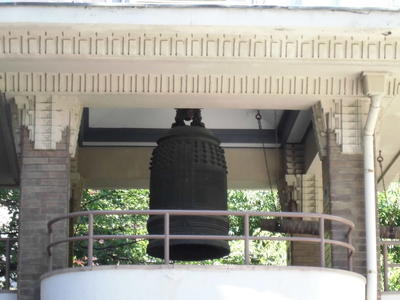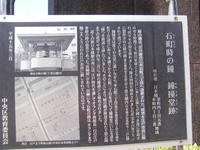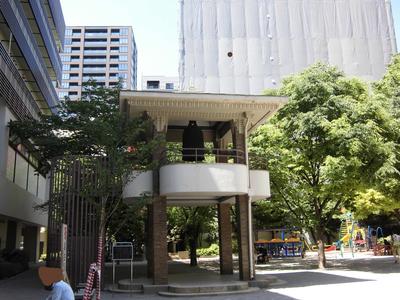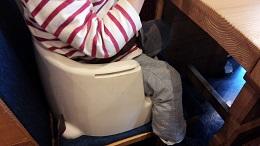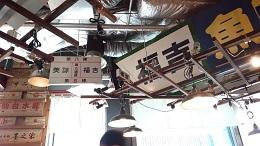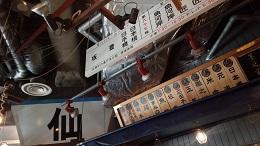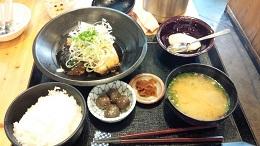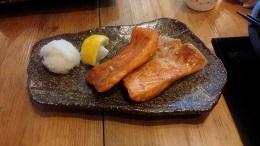A long time ago, there was a battle to divide the world between mushrooms and bamboo shoots ... but what is less than that is "dog schools" or "cat schools"![]() ? .
? .
As ![]() a dog school, I feel that cats are bad recently, but the other day, I heard that there was an event of "Nihonbashi cat large gathering" and visited enemy sentiment (?) I've been there.
a dog school, I feel that cats are bad recently, but the other day, I heard that there was an event of "Nihonbashi cat large gathering" and visited enemy sentiment (?) I've been there.
By the way, Nihonbashi Mitsukoshi Main Store. A powerful lineup of cats in the whole building and cat goods from each region!
I'm afraid of it. In general, Mr. Mitsukoshi's lion statue is a cat family.
In the central hall on the 1st floor of the main building where the statue of the heavenly woman stands, there is a ghost of a beckoning cat! It seems that this is a cat's "Kadodon". The destructive power of Saigo Donmo.
Don't be fooled by a smile! The left ear is not a fool at the point of twisting headband.
By the way, the wrestlers in the Arashio room in Chuo-ku added flowers to this "cat sushi". Somehow, it is a connection between a cat who lives in the Arashio room, "Mine and Mugi". Isn't it coincidence?
The ace of the Arashio room is Sokokurai Seki. There's a graciousness. I have an aura. Standing when sitting, it is not big, but the tallest evidence that the legs are long. It is not a "other closer than a distant relative", but a "blue country closer than a distant rare village". I have no choice but to support this.
Come on, please! (I also wanted you to take a picture.)
Speaking of Arashio's room, it is also famous for foreigners to visit the morning geiko, which is "morning practice". But I've always wondered why foreigners know when they are practicing, but one day, when Germany gave directions to the tour, I imitated a TV program. "Why are you going to the Arashio room?" (How did you get to know morning practice?」 He said, "I told you at the front desk of the hotel." Oh, that's the case. There are many sumo rooms, but the window frame is large and there are few rooms that are free to visit. This is also a kind of attraction. I recommend the Arashio room in Chuo-ku.
By the way, local cat goods in each area sold at many antenna shops in Chuo-ku include very popular cat-type ingredients (Kanagawa's popular cat-type donut, Fukushima baked confectionery, Shimanekko, Nagasaki Nyagasaki Cat, etc.). While a cute cat doesn't know? When it is gone (in this case, it was delicious and I just ate it), we recommend visiting Sanko Inari Shrine. When you lose sight of a cat, if you ask for it, it is said that there is a spiritual test. (Sanko Inari in Ningyocho)
This time, I was kept pushed by the power of the cat, but I will not lose next time.
 The face and body are cotton swabs, and the costumes are 8 cm dolls made of colorful Japanese paper, and you can feel gentleness, beauty, and vitality together.
The face and body are cotton swabs, and the costumes are 8 cm dolls made of colorful Japanese paper, and you can feel gentleness, beauty, and vitality together.
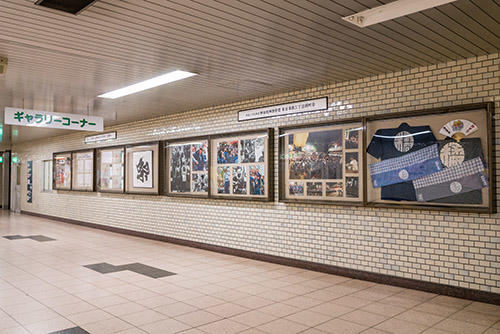
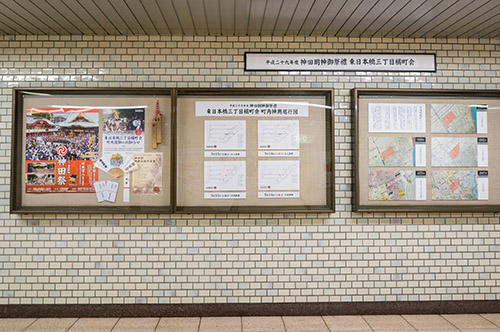
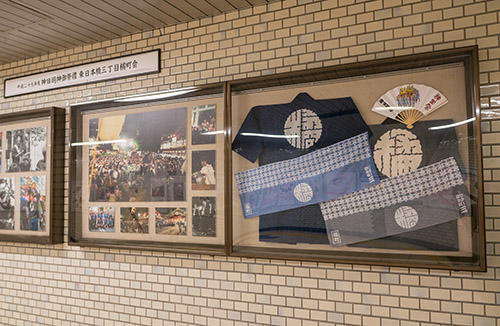
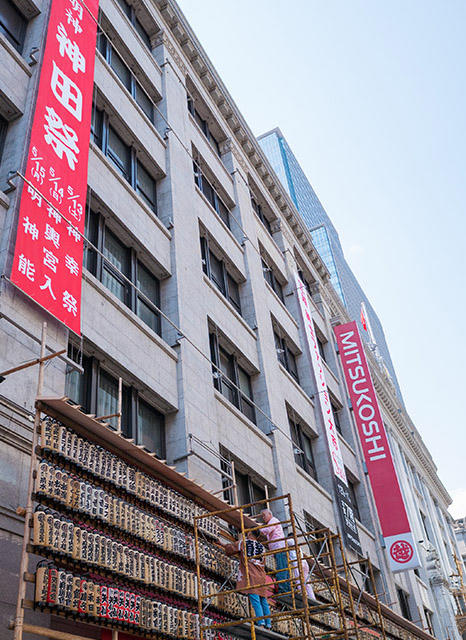
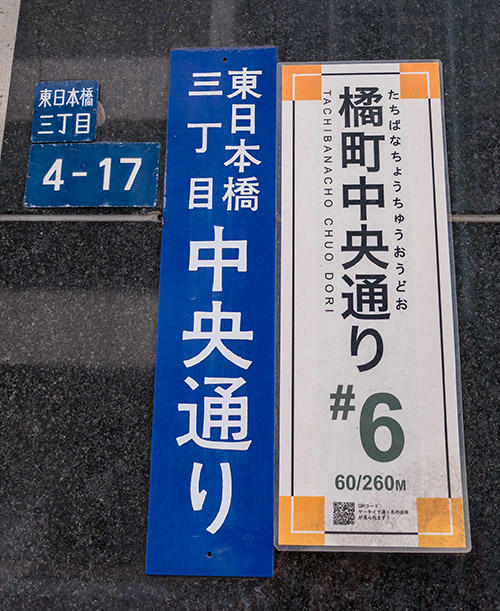 On the street, both the current house indication and the display of "Tachibana-cho" appear in this way.
On the street, both the current house indication and the display of "Tachibana-cho" appear in this way.